Our lives have always been closely entwined with the stories of trees. They have been the center of many legends, mythology and folklore.But what do we know about these myths? And what do trees mean in these myths? It can be tricky to find this information out, with so many theories running wild online. Today, we will explore what trees symbolize in mythology and some of the best known mystic trees around the world. Keep reading to find out more and get the answers you need!
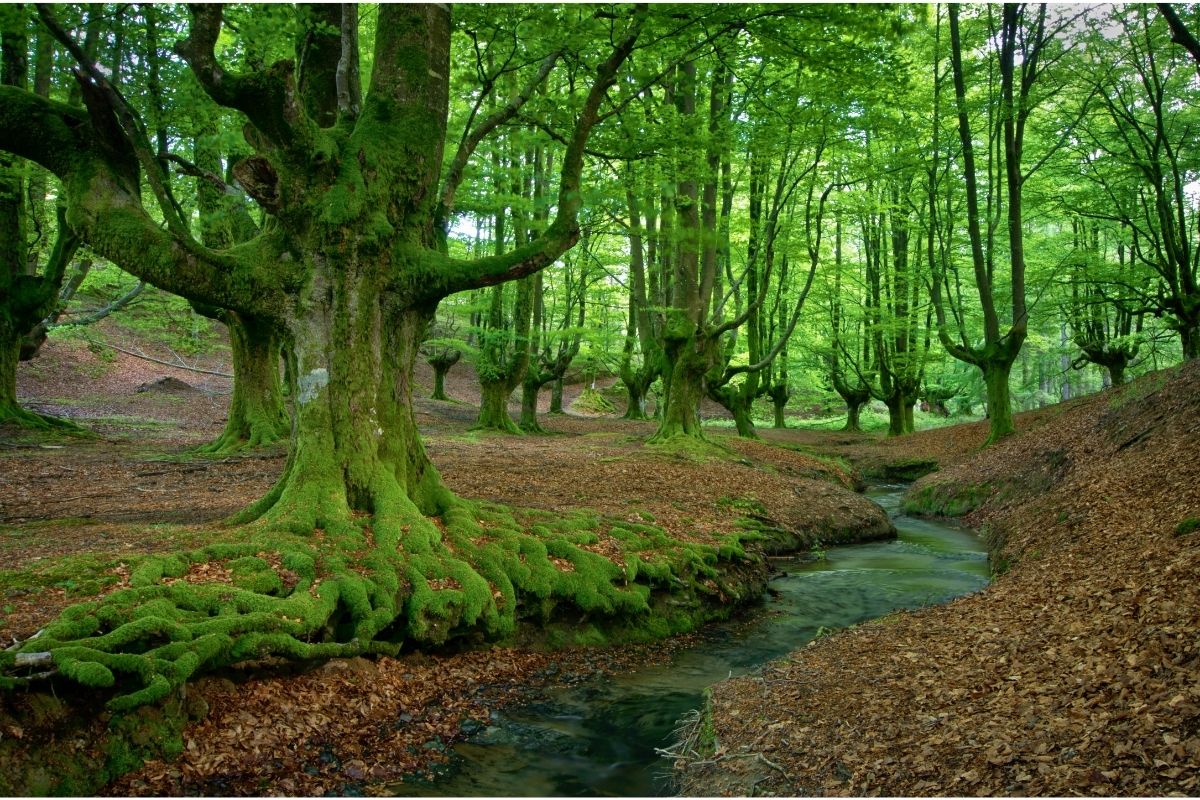
What Do Trees Symbolize In Mythology?
It’s in mythology, where popular stories tell of the close bond between man and trees. The ancient Greeks believed that all life came from trees, and they were often used as a metaphor for human existence.
The Romans had similar beliefs, and they considered the oak to be sacred because it was the first tree to grow after the fall of the gods.
It was thought to represent strength and endurance.
The Norse people believed that Yggdrasil, or the World Tree, was the source of all power and wisdom. The roots of this mighty tree reached down into the underworld.
In Greek mythology, Zeus was said to live on Mount Olympus, which is a large pine tree.
The Druids worshiped trees and held them to be sacred.
They believed that the spirits of the trees lived on in the wood itself, and they could communicate using signs made by scratching bark.
Many cultures believe that trees are living beings. For example, the Native Americans believed that every tree has its spirit, and the leaves of certain trees can act as medicine.
Let’s take a look at some mythological trees.
Akshayavat
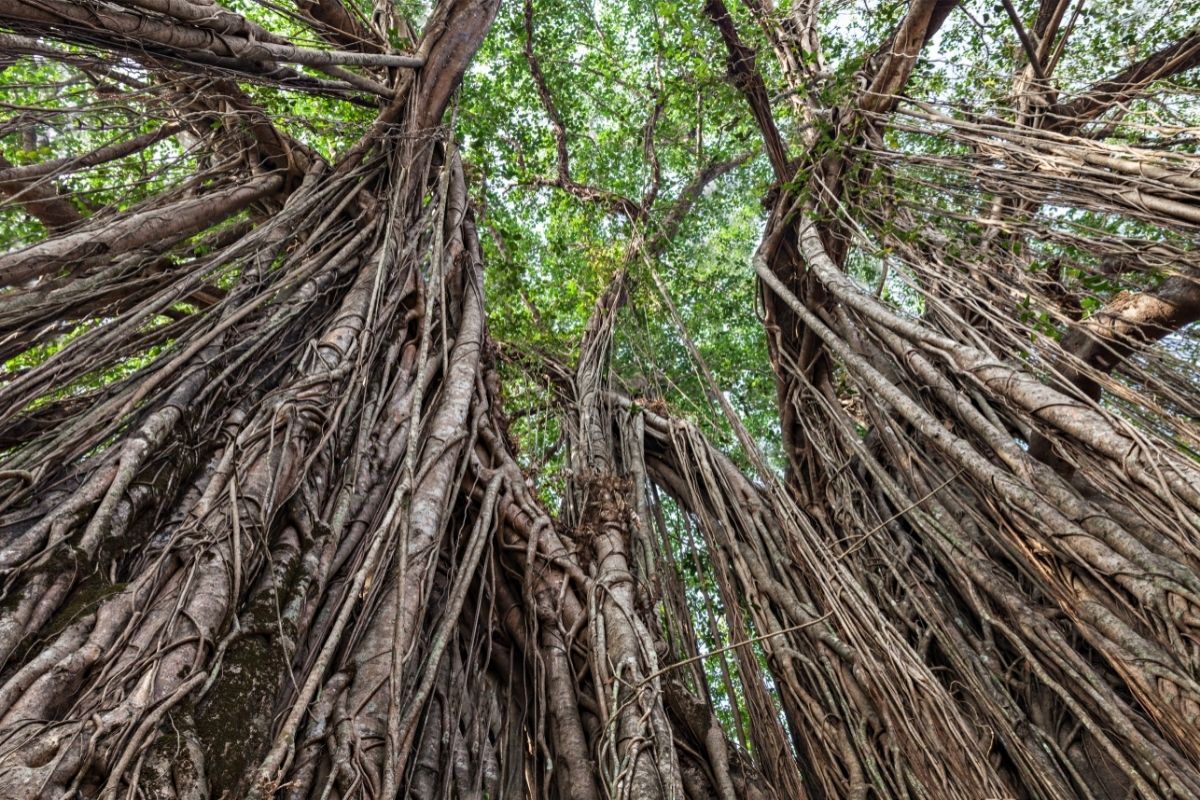
Akshayavat or Akshay Vat (known as “the indestructible banyan tree”) is a holy fig tree in Hindu mythology.
According to legend, Lord Vishnu once rested under this tree while he was meditating.
Amalaka Ekadashi
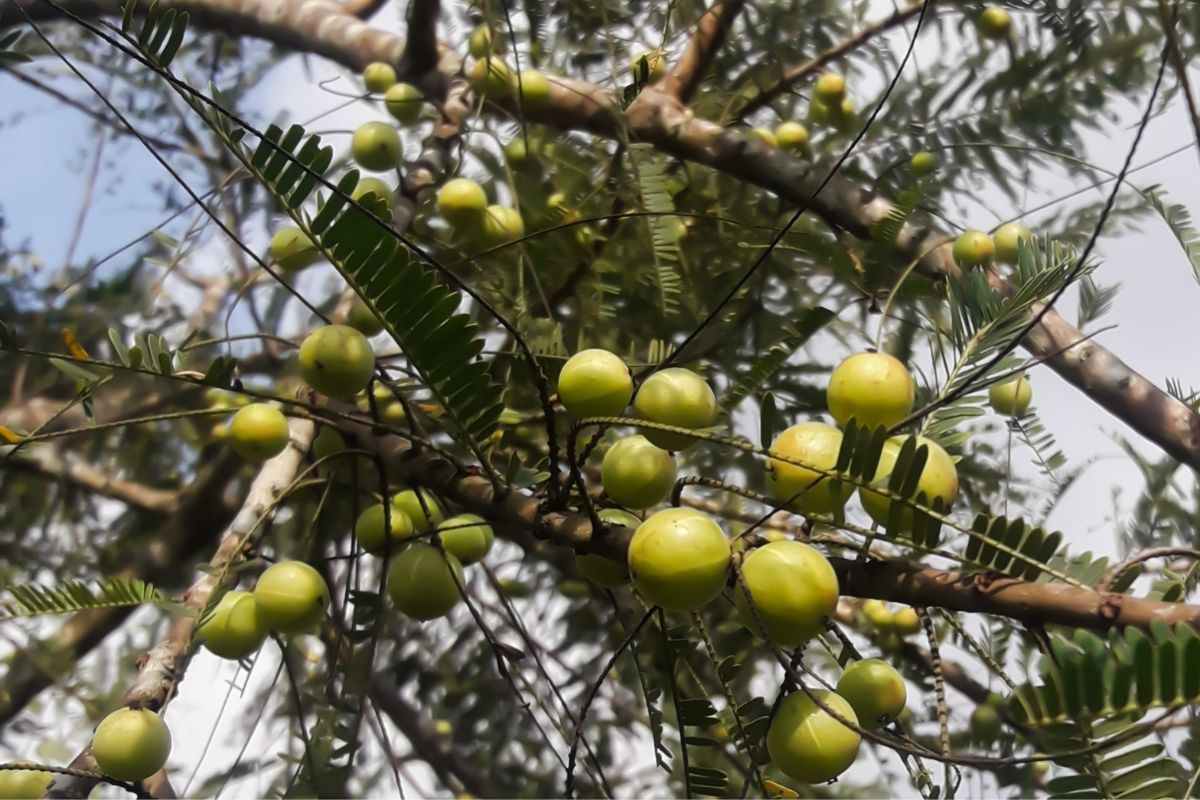
According to mythology, Amalaka Ekadasi is one of the most important festivals celebrated by Hindus. This day marks the end of the monsoon season.
The day is to celebrate the amla tree, also known as Indian gooseberry.
Apple Tree Man
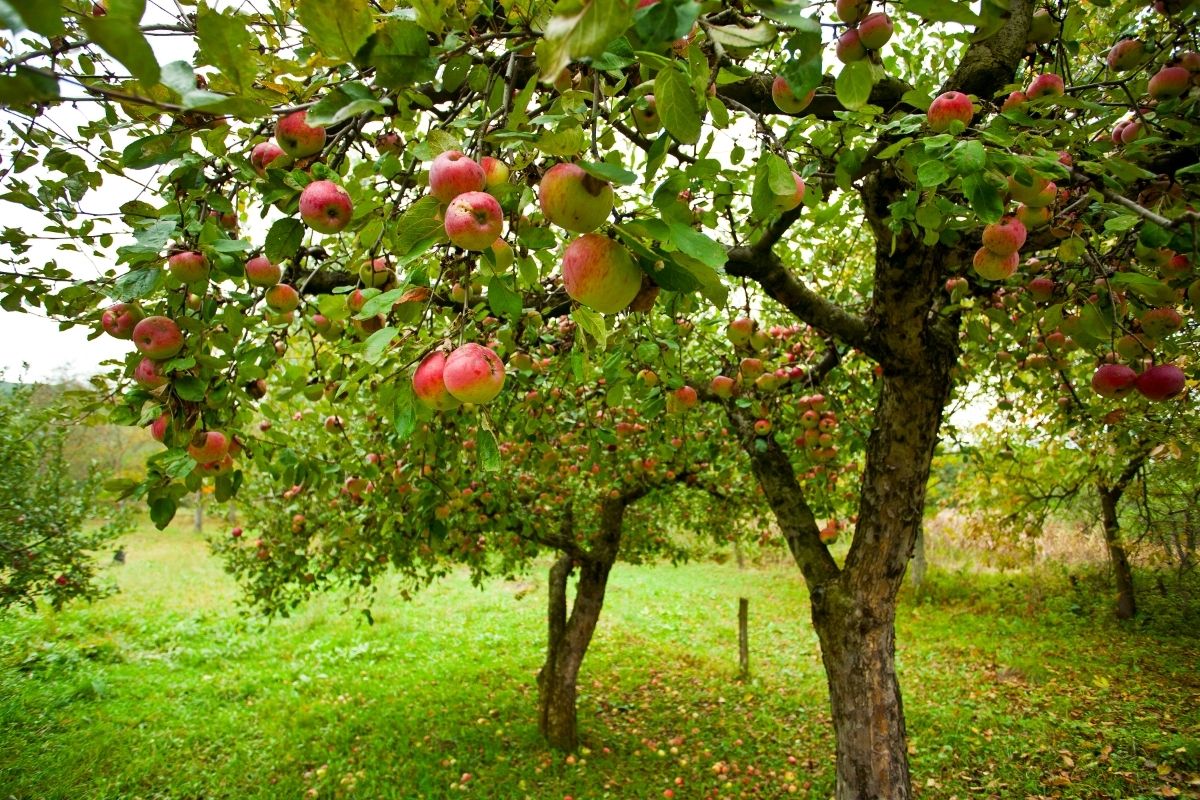
English folklore refers to the spirit of the oldest apple tree in an orchard as the apple tree man. The fertility of the entire orchard is said to reside in this tree.
In Celtic traditions, the apple tree is associated with the goddess Brigid. She is said to live inside the tree, and she protects those who visit her grove.
Ashvattha
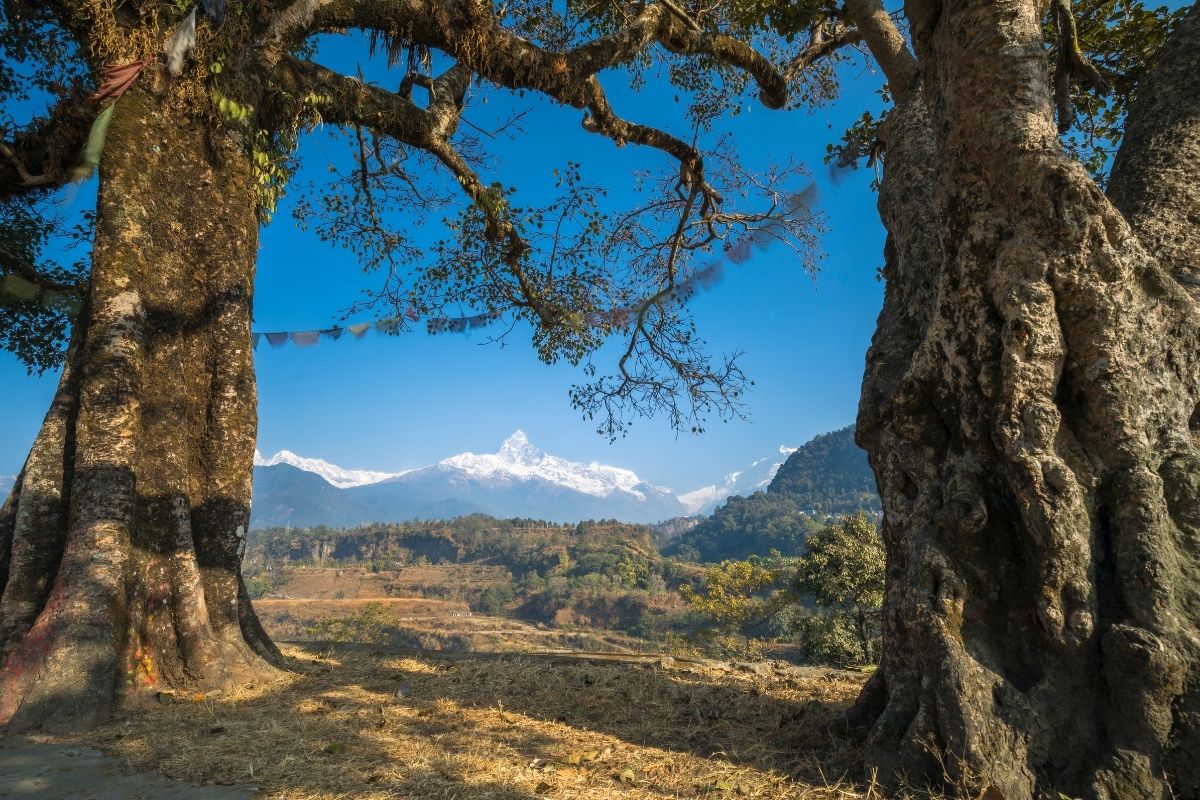
The Ashvattha is one of the most commonly mentioned trees in Hindu scriptures. It’s a sacred fig tree that is similar to the Bodhi tree in Buddhism (where the Buddha gained his enlightenment).
Charybdis Fig Tree
Just like the mythological creature, the Charybdis fig tree is said to be a giant tree in Greek mythology.
The tree is mentioned in Homer’s Odyssey when Odysseus is sucked in by the giant sea monster Charybdis but he can save himself by holding on to a branch of this fig tree.
Cypress Of Kashmar

The legend of the Cypress of Kashmar originates from Zoroastrianism. The tree is said to have grown from a branch Zoroaster removed from paradise.
He is said to have planted the tree celebrating the conversion of King Vishtaspa to the movement of Zoroastrianism in Kashmar.
Égig érő fa

This tree is the tree of life in Hungarian folk tales and legends. It is often shown in decorations and wood carvings in Hungary.
Eglė The Queen Of Serpents
In Lithuanian mythology, Eglė is the queen of serpents. According to the story, she fell in love with a mortal named Kostas.
However, he turned out to be a serpent in disguise. He did not only change his shape into a serpent but also a tree.
Euphorbia Milii Var. Splendens

The Euphorbia milii var splendens is better known as sijou amongst the Bodo people of West Bengal, where this tree is sacred as part of the Bathouist religion.
It stands as a symbol for their reigning deity Bathoubwrai, the Master of the Five Elements.
Five Trees
You can find a reference to the five trees in the Bible and the Kabbalah. It is frequently mentioned without much explanation.
In the Bible, it’s said that the different elements of religion and life come together in groups of five.
Fusang
The Fusang is a Chinese mythical tree. In Taoism, it represents longevity, immortality, and harmony.
Glastonbury Thorn

The Glastonbury thorn is a kind of hawthorn. It has been frequently mentioned in legends associated with Joseph of Arimathea and Christianity arriving in Britain.
The Glastonbury Thorn is also referenced in different texts since the Middle Ages.
Hantu Tinggi
The Hantu Tinggi are Indonesian spirits that live in the mountains, rivers, and forests. They are usually depicted as tall men with long hair and wearing a hat.
They are believed to protect children against evil influences and bring good luck.
Hyldemoer
The Hyldemoer is an ancient, Scandinavian spirit living in an elder tree. She is said to look like a wood nymph, and she haunts those who cut down older trees without her permission.
Jinmenju
Jinmenju is a famous picture of a Japanese tree from the Edo period. The painter Toriyama Sekien showed the tree with its blossoming flowers that resemble human heads.
Jubokko
The Jubokko is a Japanese tree that is said to be a guardian of the family. It is mentioned in many books about Japanese yokai.
Kai-n-Tiku-Aba
This tree originates in Kiribati mythology in Samoa. It is said to have grown on the back of a man. Then a destructive man came and broke it.
This is said to have led to the Samoan people being scattered all over the world.
Kallikantzaros
The kallikantzaros is a Greek mythological tree. It was said to grow at the edge of the earth.
Kallikantzaros are also said to be goblins that live underground only returning to the surface on the twelve days of Christma.
Kapre
A kapre is a tree giant in Philippine folklore. Kapres are said to be up to 9 feet tall, muscular, and hairy. They are supposed to sit in tree branches smoking.
Lotus Tree

The lotus tree is one of the most important symbols in Buddhism. It represents purity and enlightenment.
Man-Eating Tree
The Man-eating tree is a legend that can be found all around the world. It’s said to be a giant plant that eats humans and large animals.
Money Tree
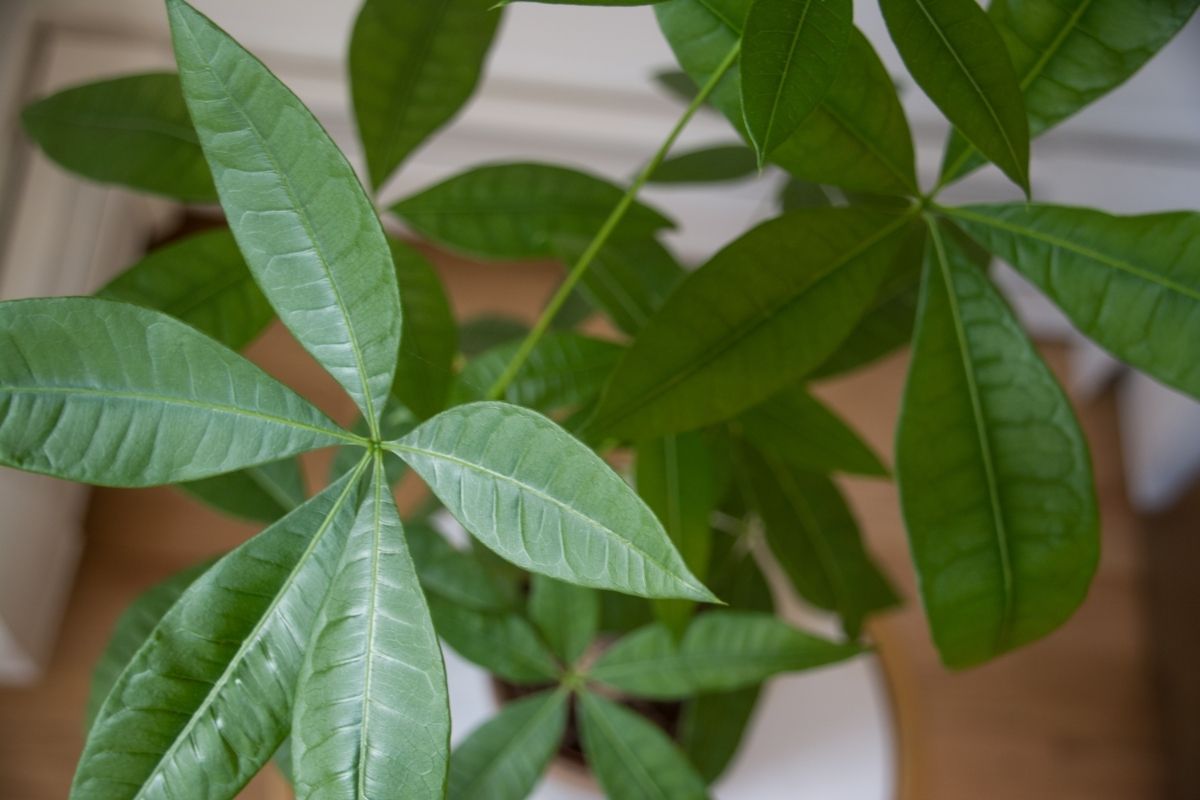
The legend of the money tree originated in China where this holy tree is said to bring great fortune and money.
It’s often seen as a symbol of nobility, and small trees, symbolizing the money tree, are given as house-warming gifts wishing the new owner well.
Nang Ta-khian
The Nang Ta-khian is a woman spirit in Thailand folklore. She is said to haunt the giant Hope Odorata trees.
Nang Tani
In Thai folklore, Nang Tani is a female spirit that haunts wild banana trees.
Nariphon
The Nariphon, also known as the Makkaliphon, is a sacred tree in Buddhism. This tree is said to bear fruit in the shape of young women.
The tree is said to grow at the Himaphan which is a mythical forest where these “maiden fruits” are eaten by celestial beings.
Nemeton
A nemeton is an ancient, sacred space in Celtic folklore. These spaces would usually be near forests and trees. This made them particularly important as sacred groves.
Olea oleaster
Olea Oleaster is a variety of wild olive trees. Olive trees were used widely in Greek mythology. It is said that an ancient wild olive tree stood near the Temple of Zeus in Olympia.
That’s the reason why winners of the ancient Olympic games would receive an olive wreath.
Querquetulanae
The Querquetulanae originates from old Roman myth and religion. They were nymphs of the old oak grove when it was still green.
Sefirot
The Sefirot symbolizes the tree of life in the Kaballah.
Talking Tree
Talking trees have been popular, sacred trees in many legends. In Greek mythology, it is said that all the trees in the forest near the sanctuary of Zeus were able to speak and deliver prophecies.
It is believed that the rustling of the leaves of these oak trees is the voice of Zeus.
Tree Of Jiva And Atman
The Tree of Jiva and Atma (also called the Tree of Life) is a Hindu concept. The tree is said to represent the union between the individual soul and the Supreme Soul or God.
Ṭūbā
The Ṭūbā is the tree that grows in paradise according to the Islam faith.
Uekera
The Uekera in Micronesian folklore is a tree that reaches the heavens. It is also known as the tree of knowledge in Kiribati.
Vine Of Sodom
The vine of Sodom is a famous story about a vineyard owned by Lot. It likely refers to the Colocynth tree (Citrullus colocynthis).
This tree’s fruit is called the Vine of Sodom. It looks beautiful but tastes very bitter.
Al-Wakwak
The Al-Wakwak is a legendary tree in Arabian mythology. It is said to grow little children.
Yggdrasil

The Yggdrasill is one of the most important Norse mythological figures. It is a mighty ash tree that connects heaven and earth.
Zaqqum
Zaqqum originates from the Quran. It is said to be the tree that grows out of hell.
Conclusion
We have a deep-rooted connection with trees, and they always remind us of our natural origins.







